Medicinal Cannabis Cultivation: Indoor vs. Outdoor Comparison

In recent years, the global perception of cannabis has shifted significantly. What was once seen as a controversial plant is now recognized for its medicinal attributes. This transformation has led to an increasing interest in cultivating cannabis, particularly since the cultivation was made legal in Australia in October 2016. The argument over indoor-outdoor cultivation is a vital yet age-old conversation that has recently gained increased attention in the business, along with a flurry of new ideas, technologies, partnerships, and investments.
As one of the leading Australian medicinal cannabis growers and suppliers, Zion Botanics is well-placed to help you access high-quality flowers of different strains of medical cannabis. In this article, we will explore the differences, benefits, and drawbacks of cultivating medicinal cannabis indoors and outdoors and how it relates to cannabis growers.
What to look for in indoor vs outdoor cannabis cultivation?
In order to select the optimal growing choice, growers must carefully consider their own set of variables:
- Which dosage type and final result are you aiming for?
- What resources are available that are competitive?
- What are the existing facility's limitations?
- What are the benefits and drawbacks of any growing method?
- Where is your medicinal marijuana production facility located?
Medical Cannabis Cultivation Methods:
To gain a comprehensive understanding of the diverse cultivation processes for medical cannabis, it is advisable to read the full article.
Outdoor Medical Cannabis:
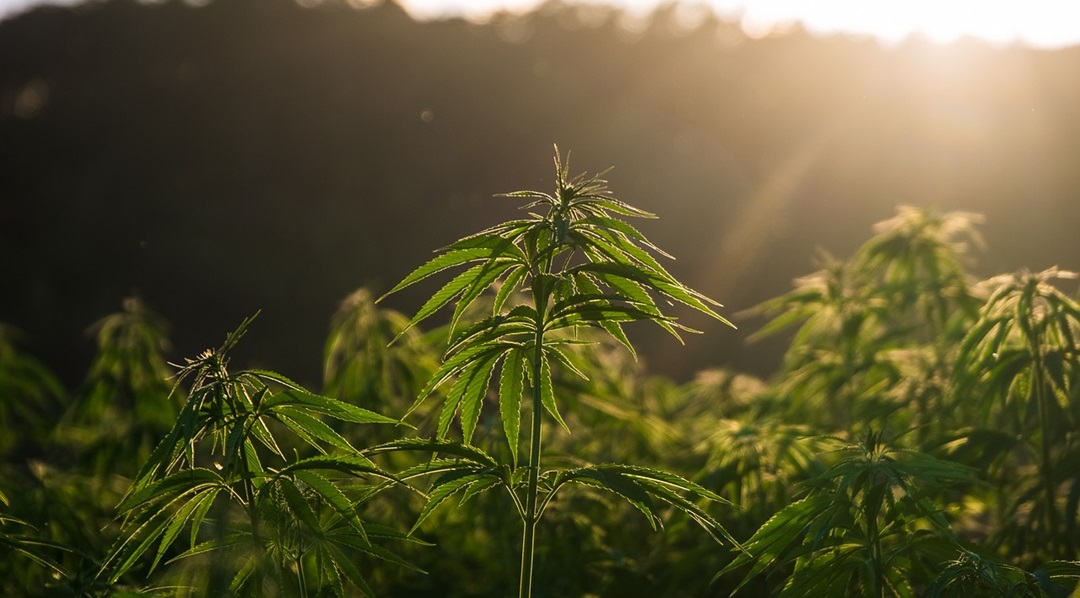
Outdoor cultivation is characterized by non-uniform growing seasons and sporadically poor or uneven development rates. Due to cannabis grow duration, cultivators in certain areas can only yield one crop annually and have little control over the climate.
Broad-acre cultivation is, however, by far the least expensive and fastest option when starting. Light is free, and broad-acre has a lighter carbon footprint because of the far lower cost of resources—despite the unavoidably rising expenses of perimeter protection and the surrounding regulatory red tape.
It didn't seem possible that security concerns would prevent broad-acre growing techniques from being approved, given the ODC's conservative stance. Nevertheless, as the body of knowledge in the field has expanded and more companies have offered outdoor case studies, the ODC has been more receptive to the cultivation approach.
Indoor Medical Cannabis:
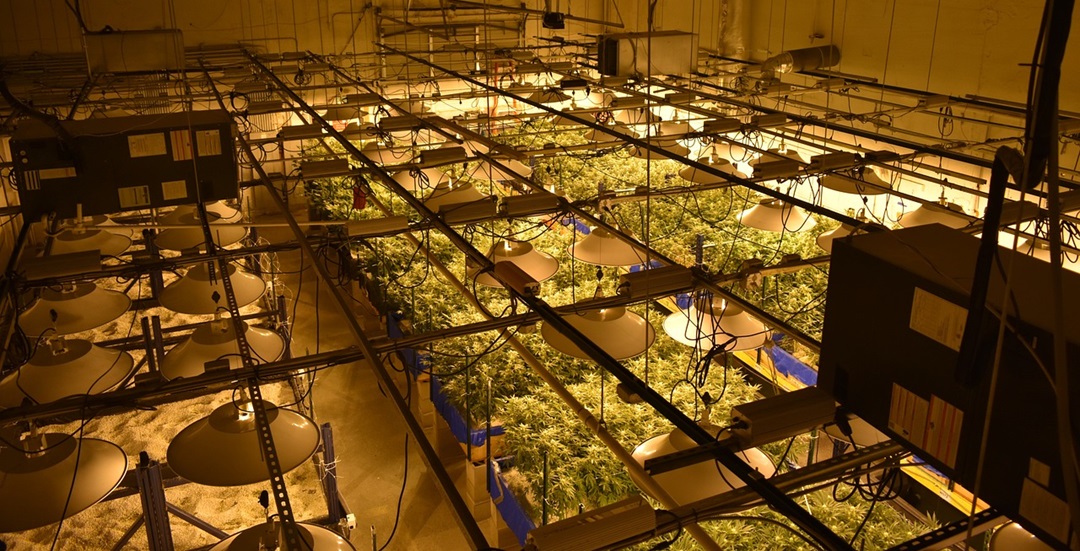
Indoor cannabis refers to the cultivation of cannabis plants in a synthetic setting, like a hydroponic farm or a grow tent. Because they can modify the temperature, humidity, and light levels to maximize growth, horticulturists have more control over their plants, both above- and below-ground, while using this cultivation method.
Additionally, there are some compelling reasons in favor of attempting indoor cultivation. You can have more control over your plants' growth because you can provide a more consistent climate for them. Results can be more predictable when lighting and environmental factors are under control. Protecting crops from pests and diseases is easier because conditions can be monitored and adjusted.
Compared to outdoor cannabis cultivation, which is vulnerable to weather, pests, and seasonal variations, indoor cannabis cultivation has the significant benefit of being year-round. Furthermore, a common misconception is that indoor cannabis is more potent because of the controlled atmosphere.
Indoor medical cannabis farming offers the highest level of security, complete control over all critical growth parameters (CGPs), and the capacity to produce four to eight crops annually.
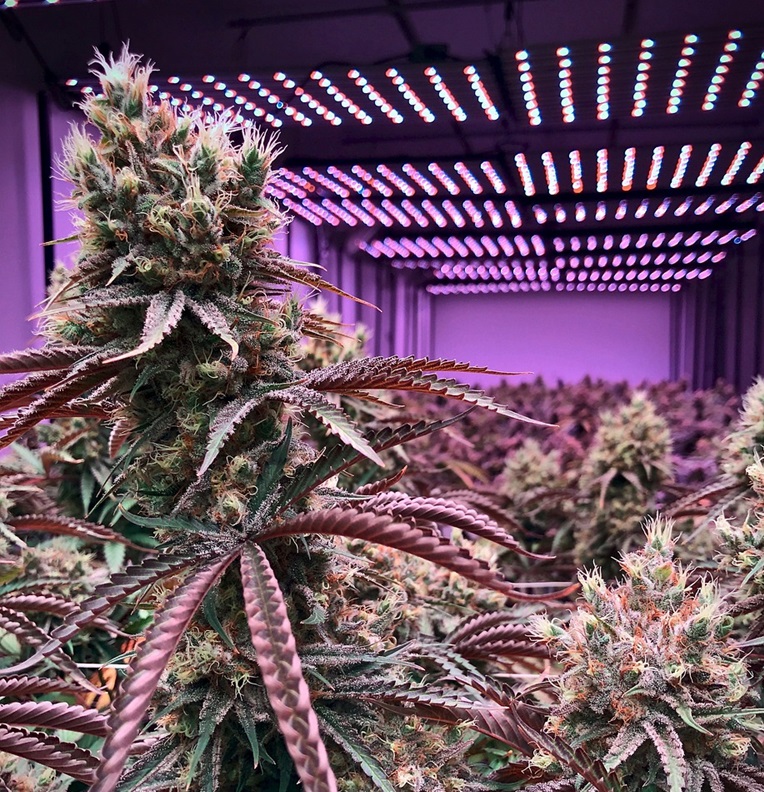
Indoor cannabis growers have more control over the growing environment. That usually indicates it will be considerably easier for growers to produce high-quality buds. The plant will continue to develop optimally if humidity, temperature, light, and other factors are controlled. A happy, healthy cannabis plant produces higher quality flowers with optimal cannabinoids and terpenes far stronger buds.
Indoor cannabis cultivation costs can vary and rely on several variables, such as the availability of more affordable lighting options, such as LEDs rather than HPS, or the cycles of vegetation and flow.
The majority of industry experts agree that, in some circumstances, indoor production could still be the most practical choice and, in some situations, the ideal choice if one wants to reliably produce the highest-quality cannabis with distinct qualities in a secure facility.
A third option: Igloo or greenhouse farming
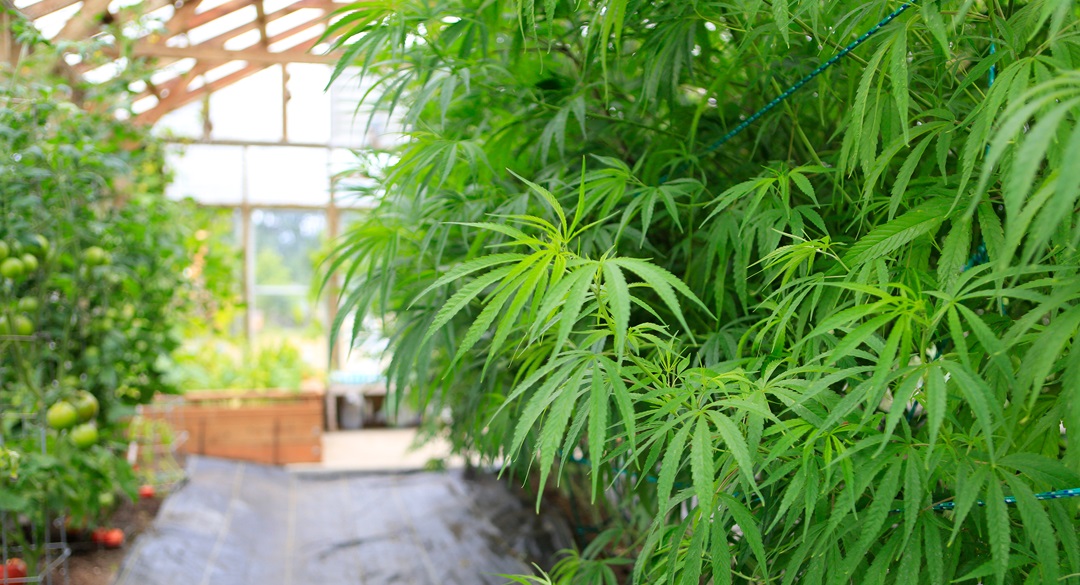
Growers may often cultivate up to two crops of medicinal cannabis a year and have better control over the growing environment thanks to greenhouse farming. A brand-new, automated glasshouse equipped with light-deprivation capabilities, additional lighting, heating, and cooling capabilities will be far less expensive to build than indoor cultivation modules if your location or local city council prohibits broad-acre growing. When starting off, glasshouses are an excellent alternative because they are a more affordable and easier-to-manage medium-tier than indoor growing modules.
But maintaining a glasshouse involves more than just having good soil, sunshine, water, and plants. Numerous growth media exist, including nutrient-supplemented soil, coco choir, peat, etc., and various methods of supplementing or denying light should also be considered.
Other Elements:
When choosing between growing cannabis indoors or outdoors, there are a number of additional crucial considerations to consider in addition to the advantages and distinctions covered above. These consist of:
Hidden cost
The cost of maintaining a TGA manufacturing license in Australia is higher than in North America, but the additional costs associated with maintaining GMP compliance are not. Manufacturers need to consider the additional costs associated with GMP compliance, such as obtaining a GMP license, hosting TGA inspectors, validating equipment, and establishing a Pharmaceutical Quality System (PQS), software, and services within the facility. For example, extraction systems must perform cleaning validation and test the cleaning regimen post-manufacture to ensure product removal from contact surfaces. Medicinal cannabis cultivators have experienced software that is rendered unusable due to its inability to be validated according to GMP standards or lacks sufficient security controls. The thoroughness of the regulatory regime is expected to catapult Australia Medical Grade Cannabis as potentially the best in the world.
Choose your strains carefully
While some cannabis strains grow well indoors, others grow best outdoors. Outdoor strains are often taller and more branchy, whereas indoor strains are typically bushier and shorter. Growers should investigate several strains and select the most appropriate ones for their particular growth conditions.
Security
Growing cannabis outdoors or inside might draw unwelcome attention. Growers should install security cameras, use odor control techniques, and maintain a low profile in order to secure the security of their growing business.
Permitted considerations
Depending on the region, cultivating cannabis may or may not be permitted. Before launching a grow, growers should learn about local legislation and secure the required permissions.
Personal choice
In the end, it boils down to personal preference whether to cultivate cannabis inside or outdoors. While some growers like the natural, outside setting, others appreciate the hands-on aspect of indoor cultivation.
Last words
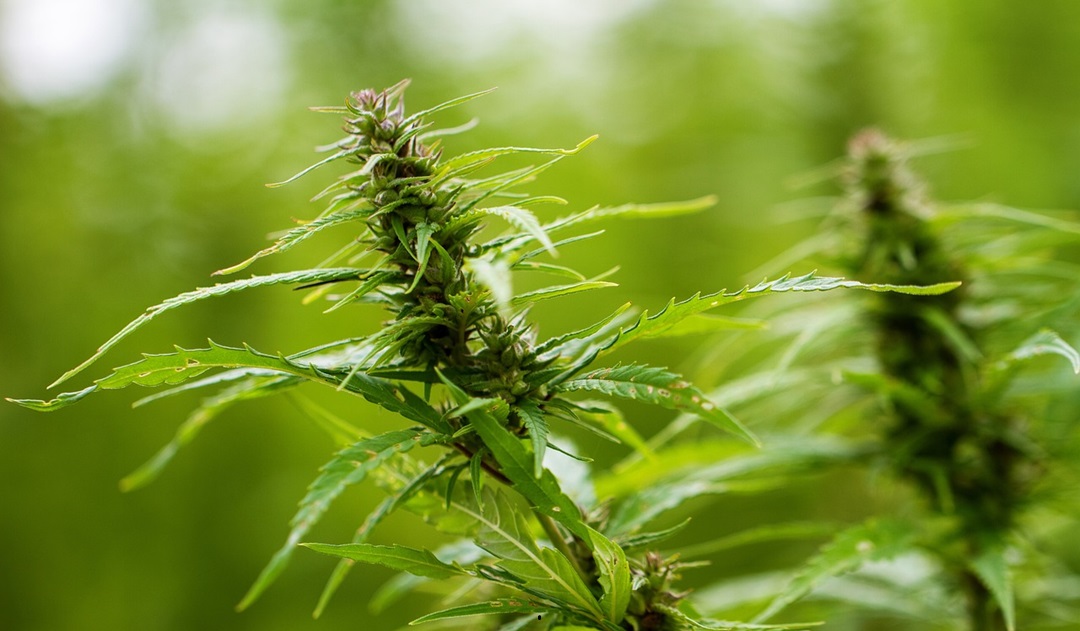
Indoor-grown cannabis costs around AUD$1,800 to produce, with mixed greenhouses offering better prices due to natural resource utilization. However, upcoming LED technology has the potential to reduce energy consumption by 30%, making it worth investing in research and optimization. Greenhouses are the most commercially viable model, as indoor growing is limited to smaller research facilities. In humid climates, outdoor cultivation poses a risk of mold, especially if powdery mildew occurs during flowering.
Zion Botanics is a Melbourne-based cannabis grower utilizing state-of-the-art indoor aeroponic growing technology. Due to partitioned grow rooms, the Zion Botanics facility produces high-quality flowers in a boutique- manner with up to 17 harvests per year. Thus, if you are in search of a wholesale medical cannabis manufacturer, Zion Botanics
can help you with high-quality flowers of different strains of cannabis.







